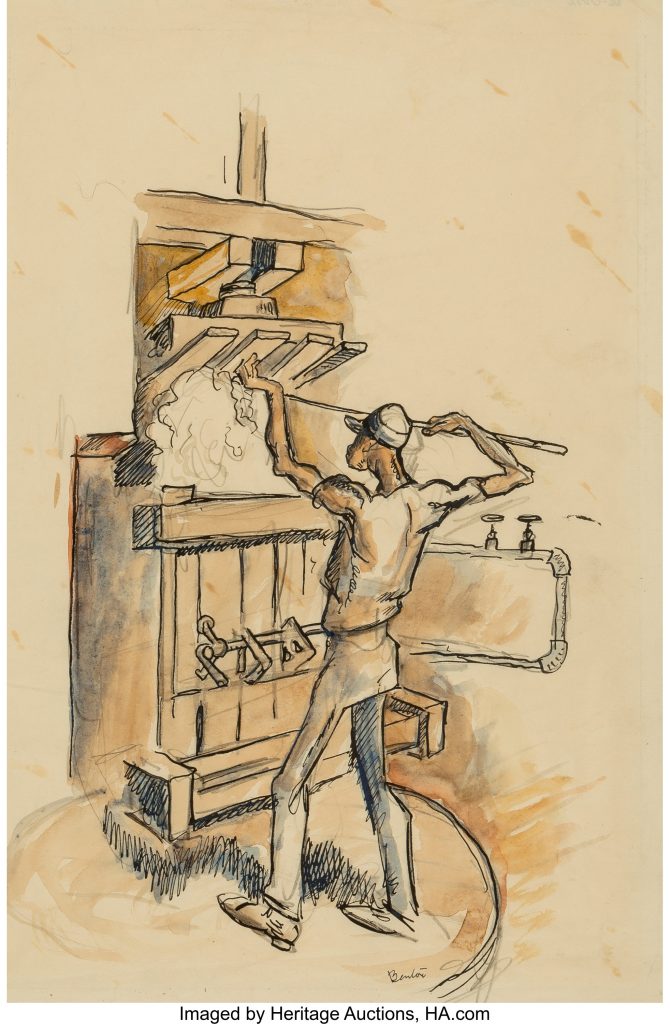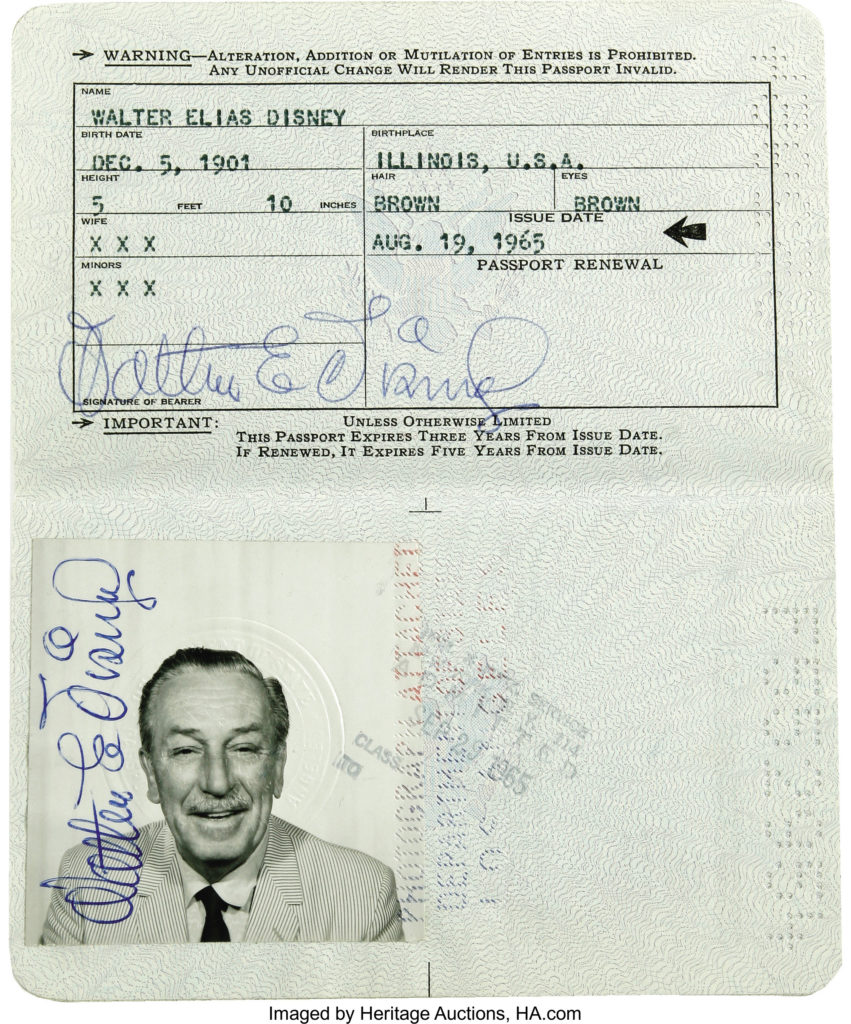
By Jim O’Neal
A Luddite is an obscure term loosely used to describe people who dislike new technology. After a superficial self-assessment, I’ve concluded I’m probably a modern-day Luddite at heart. The evidence is abundant since I’ve scrupulously avoided Facebook, have zero interest in posting pictures or video on Instagram and consider Twitter an enormous thief of time. Social media is not a place I’m interested in wasting my remaining time on.
That said, I don’t know how to account for my iPhone 11, iPad Pro or the 75-inch Sony 4K LED that dominates our den (or the six other cable boxes on three floors). With my iPad, I rarely use my desktop computer except to print documents. I abhor texting and still have a Netflix account that sends me DVDs by snail mail. After spending the past 60 years questing for ever-larger TV screens, the idea of squinting at a cellphone or watch-size TV program is mildly abhorrent. Even more annoying is the spate of robo-calls offering new Medicare options. I routinely turn off my devices for hours (ah … peace).
The original Luddites were British weavers and textile workers who objected to the increased use of mechanized looms and knitting frames. It is popularly claimed that they named themselves after Ned Ludd, a young apprentice who was rumored to have personally wrecked a textile apparatus (“in a fit of rage”) in 1779. There is no evidence Ludd actually existed, but he eventually became the mythical leader of the movement. They even issued manifestos and threatening letters under his name.
The first major instance of malicious machine breaking took place in 1811 in Nottingham. The British government moved to quash the uprisings by making machine breaking punishable by death. The unrest finally reached its peak in April 1812 when a few Luddites were gunned down during an attack on a mill near Huddersfield. Finally, the army deployed several thousand troops and dozens of Luddites were either hanged or transported to Australia.
In the intervening years, astonishing new technologies have increased productivity, lowered costs and created hundreds of millions of new jobs. A few of the more obvious include:
- The cotton en(gin)e that turned a marginally profitable farm crop into a bonanza by minimizing labor by over 90 percent while increasing workers from 700,000 to 3.2 million. Historians point out the South gained a 75 percent share of world demand, but also doomed them to remain an agricultural economy (with slaves). Others contend this single invention led directly to the Civil War.
- Cyrus McCormick’s mechanical reaper helped convert millions of acres to food production and developed Midwest family farms with “wheat fields shining from sea to sea.” Presumably, American Indians, buffalo, dense forests and pristine rivers and lakes were unimpressed.
- The Wright Brothers gave man the gifts of flight, aircraft factory jobs, cargo shipments and holiday travel for the masses. It also enabled two world wars and the ability to destroy entire cities.
- Commercialization of the Bessemer process to supply the enormous steel demand for railroad tracks that crisscrossed the nation and enabled high-rise buildings with Otis elevators and office workers too numerous to count.
- Henry Ford’s assembly line made automobiles affordable … in turn, creating more workers to stay up with demand and higher wages to buy the product. This was followed by oil-gas, tires, paved roads, motels and Uber/Lyft). Also smog, toll roads and clogged freeways in every city.
- The Internet is obsoleting retail stores and shopping malls, while enabling Apple, Google, Amazon and global outsourcing that has raised 500 million people out poverty.
We are now challenged to reconcile population growth with climate change and plastic oceans; and robots and artificial intelligence with displaced workers and a K-12 Education System that is failing so many currently. Joseph Schumpeter’s 1942 theory of Creative Destruction is still valid.
The London Mensa Organization just accepted a 3 year old with an IQ of 142+. There will also be more Elon Musks and they will figure it out. One suggestion is to simply operationalize what’s known as “5G-based” nuclear power plants, which are 100 percent green (it will shut itself down if needed) and run on spent fuel stockpiles. Imagine unlimited clean power that will desalinate sea water and gobble up current waste. Bill Gates is an investor in the technology.
Just a casual idea as we watch the Washington Circus and the people we rely on for leadership.
 Intelligent Collector blogger JIM O’NEAL is an avid collector and history buff. He is president and CEO of Frito-Lay International [retired] and earlier served as chair and CEO of PepsiCo Restaurants International [KFC Pizza Hut and Taco Bell].
Intelligent Collector blogger JIM O’NEAL is an avid collector and history buff. He is president and CEO of Frito-Lay International [retired] and earlier served as chair and CEO of PepsiCo Restaurants International [KFC Pizza Hut and Taco Bell].

